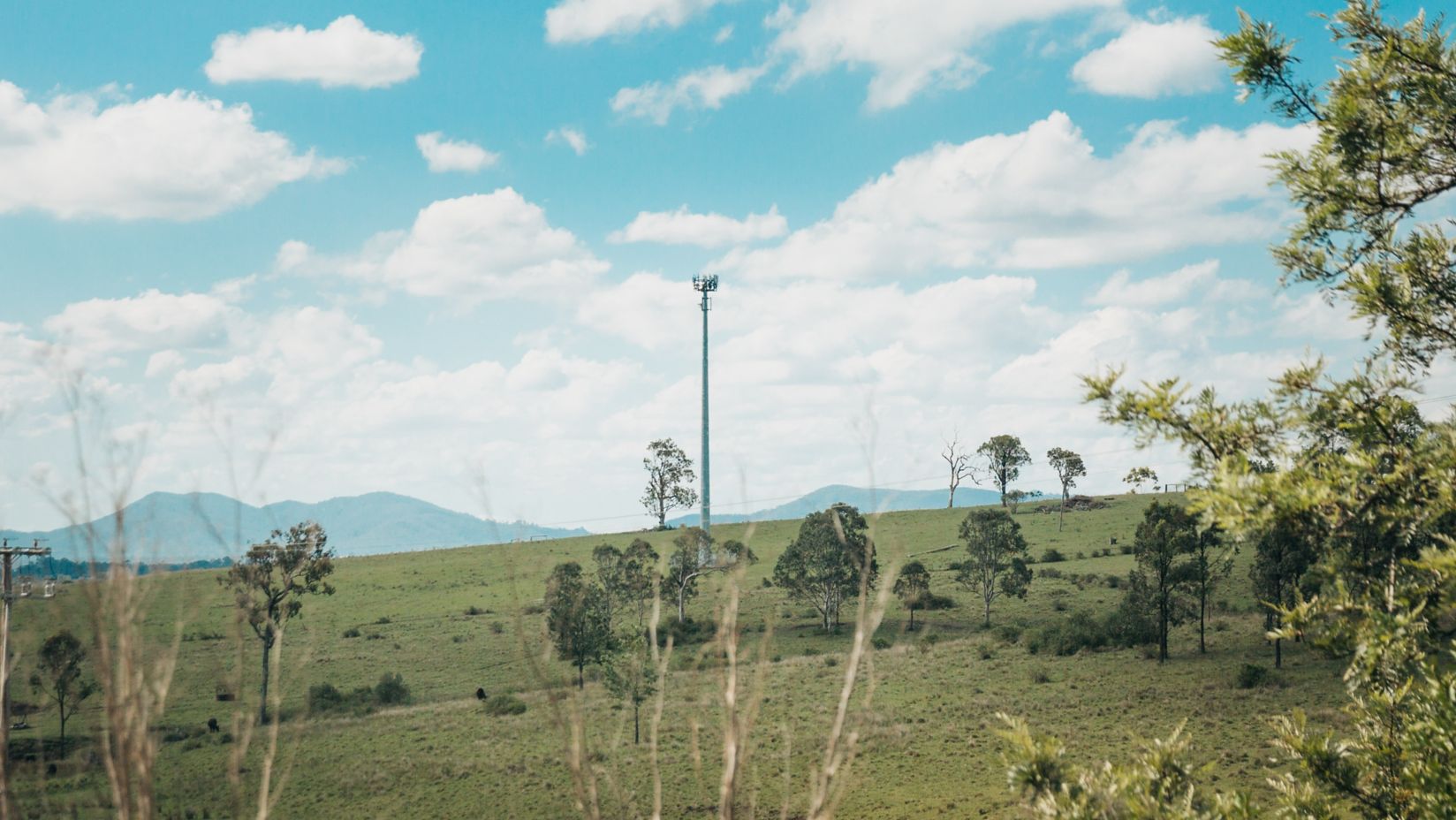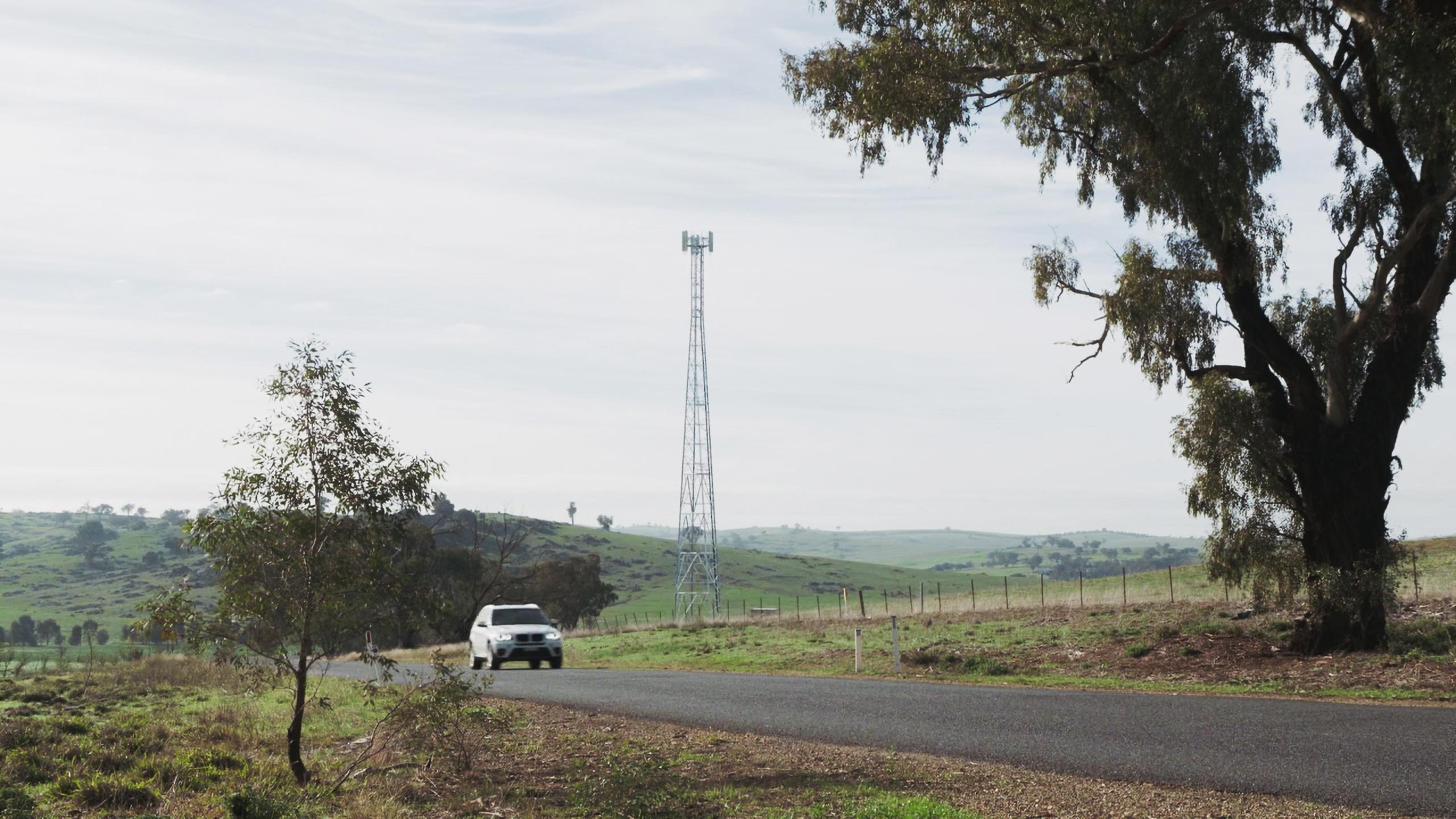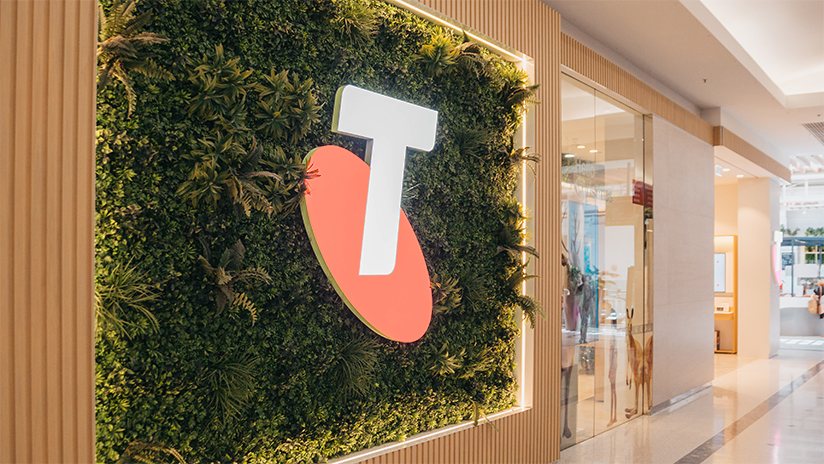The facts about our coverage maps and coverage claims
You may have heard or read recent claims about our mobile network coverage. Here’s what you need to know about how far and wide Australia’s largest mobile network is.

What is the size of Telstra’s mobile network?
Since Vodafone raised concerns about our coverage claims, we’ve taken the time to complete a deep review of our coverage measurement data.
These are the facts:
- We stand behind our existing claims – our mobile network covers 3 million square kilometres and 99.7% of the Australian population.
- Contrary to what Vodafone has alleged, our coverage claims are not based on signal strength that can only be obtained with the use of an external antenna.
- Telstra’s mobile network undeniably covers more of Australia than any other.
How does Telstra measure its coverage footprint?
At Telstra, we take a conservative approach through a combination of drive testing and desktop modelling.
We use a standard mobile phone without an external antenna during our drive testing to assess voice call quality, while also measuring the signal strength in decibel-milliwatts (dBm for short).
To work out our overall coverage footprint, we set a minimum dBm level that’s needed to maintain a good quality voice call. If the predicted signal strength is below this level, we exclude this area from our coverage footprint.
No mobile network operator can test every square metre of Australia’s landmass in person and there are a range of factors that impact on mobile coverage like the specific handset you use, how you use it (e.g. in a car, outdoors, indoors or even how you hold it), surrounding terrain and the generation of mobile network you’re connecting to (e.g. 4G or 5G).
Why did you suggest using an external antenna if you don’t require one?
Like all mobile networks, there will be some locations inside the coverage footprint where calls either drop or can’t be made, due to physics and terrain. The quality of your voice call or data speeds will vary depending on factors other than just coverage including the type and model of device, location, environmental factors, and other users and their usage of our network at the time.
This is why we previously referred to using an external antenna – to help customers in regional and remote Australia who are at the outer edge of our network and may benefit from using one to maximise their overall experience. This has always been the case but does not mean the signal strength in these areas always requires use of an external antenna to make a voice call or access data within our 3 million square kilometres of coverage.
Why did you change your coverage claims?
When Vodafone raised concerns about our coverage claims, we took the time to complete a deep assessment of our coverage measurement data.
We thought it was best in the meantime to take a conservative approach and refer to an external antenna recommendation in our coverage claims.
But we remain confident that our 3 million square kilometres of coverage to 99.7% of the Australian population coverage claims are correct, and does not rely on external antenna use.
How can people compare the size of Telstra’s mobile network to other mobile networks?
There is no industry standard for the way coverage is measured today.
Last year, we worked with the Australian Mobile Telecommunications Industry body (AMTA) to set up a working group to discuss what a solution could look like, which Vodafone was a part of.
We will continue to advocate for a consistent industry approach and do all we can to work with the other mobile network operators to get there.
Right now, the best way to compare the coverage provided by different mobile networks is by using online coverage maps. Using our coverage maps, people can see the many towns, highways and places where we’ve invested in providing coverage and others haven’t.

